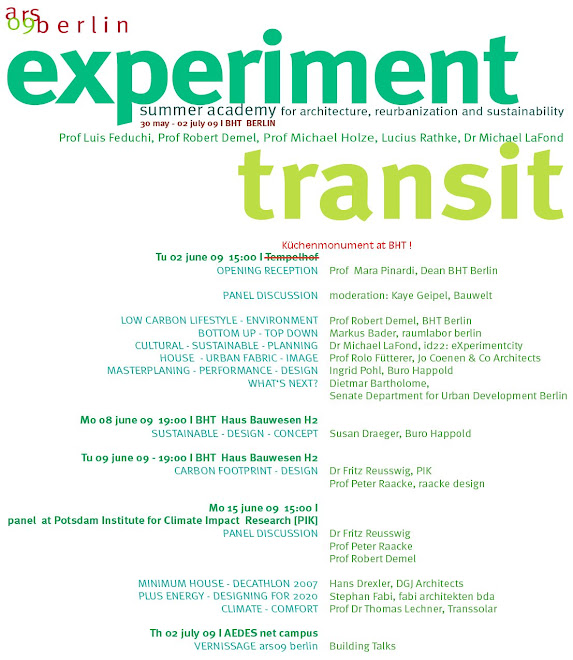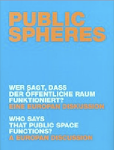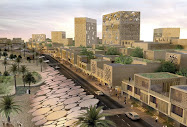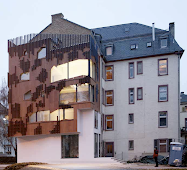
The 2009 Berlin Summer Academy has come to a close. The focus of this year's studio was Tempelhof Airport, in Berlin. The airfield at Tempelhof, just two miles from the city center and encompassing an area of 340 hectares, was closed to air-traffic in October 2008. The shear size of the airfield and its proximity to central Berlin immediately established the site as one laden with potential for creative development. Global and local economic woes, a shrinking population, and pressures of climate change, however, bring to question the necessity of unbridled development and call for a more creative solution. Potsdamer Platz -- another site in central Berlin vacant until reunification -- provides one strategy for development of an urban core. Students were asked to explore others.
The challenge is unprecedented.
A series of lectures and panels focussing on urban design strategies and sustainability were organized to offer context and insight. The speakers at this year's summer academy included:
markus bader :: raumlabor
michael lafond :: experiment city
rolo fütterer :: belval-ouest
ingrid pohl :: burro happold
susan draeger :: burro happold
fritz reusswig :: potsdam institue
peter raacke :: raacke design
hans drexler :: minimum house decathlon 2007
stephan fabi :: plus energy building for 2020
thomas lechner :: transsolar

Using the input and lessons learned from the panel discussions, students worked individually to develop strategies for the development of Tempelhof. Keeping climate change, a shrinking population and economic base, and changing modes of mobility in mind, design work began with site plans at the urban scale, then focused on strategies for a single block, and finally the design of a single building.
In the coming weeks, the work will be presented on this blog for comment and critique.


















No comments:
Post a Comment